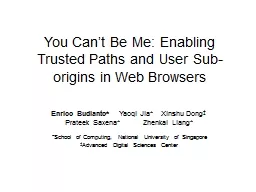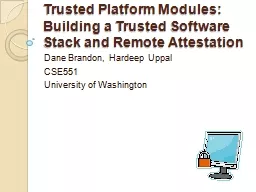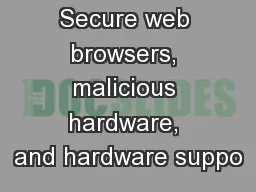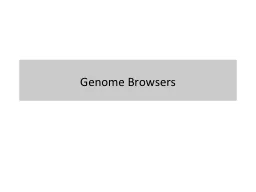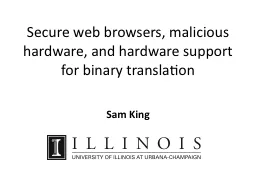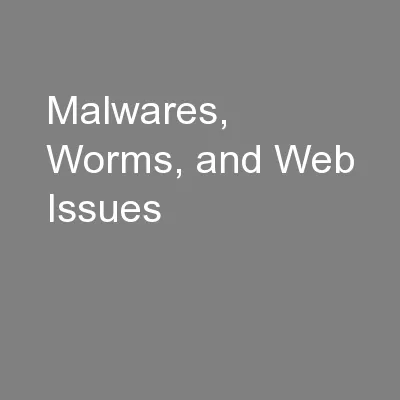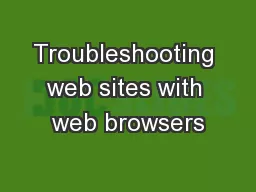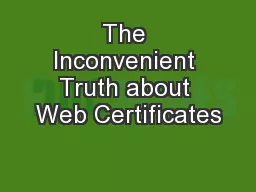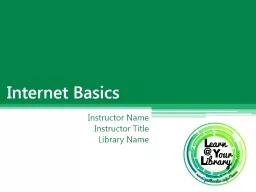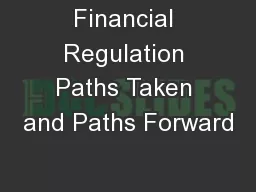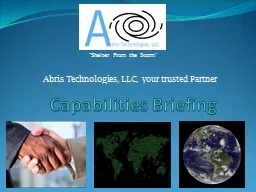PPT-You Can’t Be Me: Enabling Trusted Paths and User Sub-origins in Web Browsers
Author : risilvia | Published Date : 2020-07-03
Enrico Budianto Yaoqi Jia Xinshu Dong Prateek Saxena Zhenkai Liang School of Computing National University of Singapore Advanced Digital Sciences Center
Presentation Embed Code
Download Presentation
Download Presentation The PPT/PDF document "You Can’t Be Me: Enabling Trusted Path..." is the property of its rightful owner. Permission is granted to download and print the materials on this website for personal, non-commercial use only, and to display it on your personal computer provided you do not modify the materials and that you retain all copyright notices contained in the materials. By downloading content from our website, you accept the terms of this agreement.
You Can’t Be Me: Enabling Trusted Paths and User Sub-origins in Web Browsers: Transcript
Download Rules Of Document
"You Can’t Be Me: Enabling Trusted Paths and User Sub-origins in Web Browsers"The content belongs to its owner. You may download and print it for personal use, without modification, and keep all copyright notices. By downloading, you agree to these terms.
Related Documents

